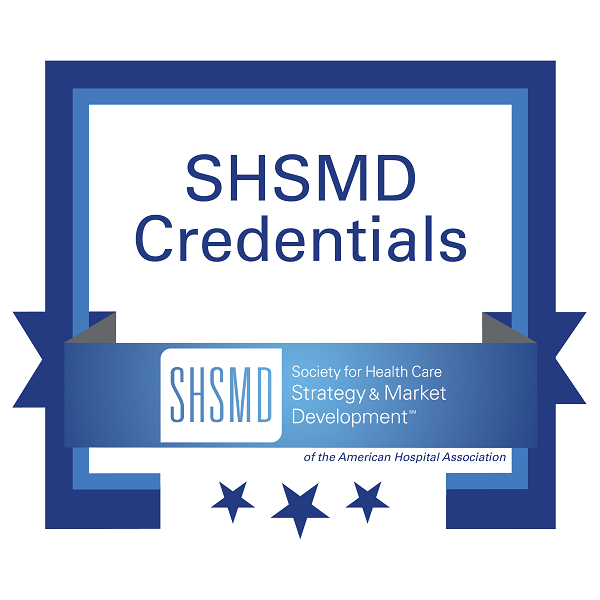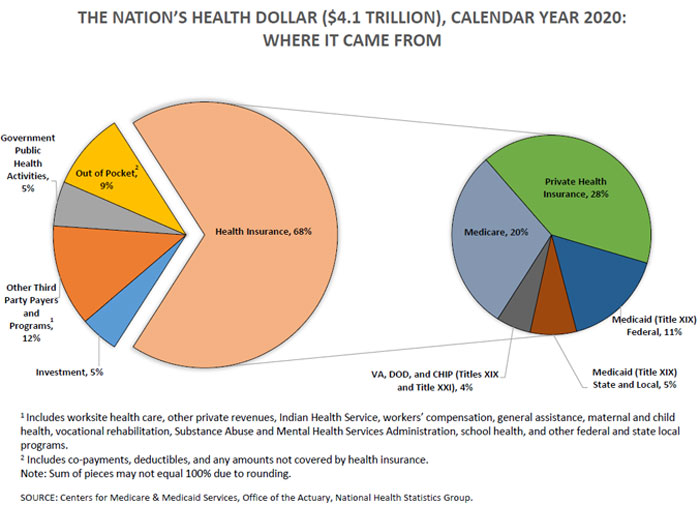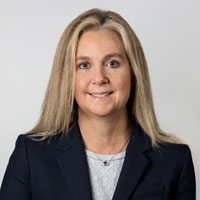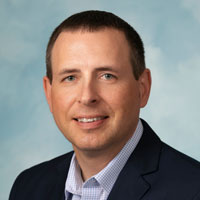INTRO TO HEALTH CARE
What Staff New to Health Care Need to Know
 Health care is a demanding field that has many powerful constituencies, is populated by very smart and highly motivated professionals, is subject to significant regulations, and ultimately has one noble cause: the health of the patient.
Health care is a demanding field that has many powerful constituencies, is populated by very smart and highly motivated professionals, is subject to significant regulations, and ultimately has one noble cause: the health of the patient.
The delivery of medical care is a complicated affair, and to truly understand its many facets in depth takes several years. Early career professionals entering into the health care arena report confusion as they learn its intricacies, and even seasoned professionals coming into health care from other fields, such as marketing or planning, profess bewilderment early on.
The realization that immersion into the health care field is a challenging process is the reason behind one significant benefit of SHSMD membership: access to “Orientation to Health Care,” an annual introductory course covering the vast and sometimes perplexing U.S. health care system. Originally a live series incorporating five separate modules, the entire course is now available on demand.
Tina Ervin, MBA, vice president, strategic planning and business development at Mary Washington Healthcare, is a faculty member for the course. Her accumulated expertise is important for those recently taking up health care marketing and communications jobs, and she credits SHSMD for its foresight in setting up this annual course. “I don’t know many other industries that have organizations like SHSMD that offer this type of material for folks who are just starting out,” she says. “It’s a great opportunity to get a basic introduction to this demanding industry.”
Another faculty member is Alan Shoebridge, chief communications officer for Providence Oregon, who feels that the online course is great for beginner and other early-career SHSMD members. “I think the course is good for anyone who has been in the industry for less than five years,” he says. “We get a lot of people who come from outside the industry and then they get into health care, and it is very difficult to navigate and understand how it all works.”
Going through the course will make one’s transition to health care easier, according to Shoebridge, who volunteered to do the module because he wanted to make the learning curve easier for participants than it had been for him.
All the faculty members are accomplished veterans who have volunteered their time to help increase understanding of the health care system. Together the complete online course provides the foundational knowledge one needs to pursue a successful career in health care communications or marketing, and may also serve those interested in obtaining a refresher course covering these complex health care systems.
The faculty for each module presents the information in one webinar and answers questions from participants in a second webinar. The modules are designed to present a broad overview of today’s health care system and focus on the major players:
- Health care consumers
- Insurers and managed care organizations
- Physicians
- Hospitals and post–acute care facilities
- Private equity in U.S. health care
In this article, we examine two of these topics: insurers and managed care organizations as well as hospitals and post-acute care facilities.
Complex and Important Information: Insurers and Managed Care
Tina Ervin discusses insurers and managed care organizations. Coming into the health care field as a certified public accountant and working in the health system for over 27 years, her knowledge of the sometimes-byzantine world of insurance has been vital for negotiating today’s health care environment.
She discusses various health insurance market segments, such as managed care organizations, Medicare/Medicaid, the Blue Cross/Blue Shield plans and accountable care organizations. She shares data and trends on how many people belong to which kind of plan, and how that has recently changed. She also explains the current trend toward industry consolidation, with mergers often resulting in one insurer having more than 50% of market share in a given state.

Those new to the field of health care learn about different payment methods, such as fee-for-service and per-diem reimbursement. Ervin covers types of bundled payment plans, such as high-deductible and narrow network plans, each of which aims to reduce health care financing, increase quality outcomes and/or improve access. She also breaks down the variety of incentives to control health care costs, such as professional employment organizations.
Ervin then provides an essential overview of governmental insurance and initiatives, including Medicare, Medicaid and the Affordable Care Act. Provided with that foundational understanding, Ervin ends by helping others examine the effect of the COVID-19 pandemic and her predictions on financial reimbursement for the upcoming year.
Ervin’s presentation includes a world of data with a healthy dose of acronyms, and she acknowledges it may be difficult for those just entering the field. “I think the topic of payors and payment models is just a challenging topic,” she says. “It is certainly complex but important for them to know.”
Hospital Care Delivery and the Challenges We Face
How do you cover in a nutshell the essentials of care delivered by hospitals? Alan Shoebridge covers this topic for those new to the field, and his understanding comes from a deep fund of experience. The Providence health care system covers a number of Western states and includes more than 50 hospitals. Shoebridge oversees the Oregon region, with eight hospitals, close to 100 clinics and about 20,000 employees.
Shoebridge provides a deep dive into the scope and evolution of hospitals and the advent of hospital systems. He discusses various types of care, such as trauma and ambulatory care, and the decline of rural hospitals. He then explains hospital business models and the internal and external financial challenges hospitals face, and suggests possible ways these business models may adapt in the future.
Shoebridge also discusses the transformative effect that COVID-19 has had on hospitals and reviews potential disruptors to the health care industry, many of which have been generated from retail backgrounds.
What Else Do New Health Care Professionals Need to Know?
Ruth Portacci, vice president of strategy for Ascension Saint Thomas, a national health system operating in 19 states and Washington, D.C., who is a former president of SHSMD, discusses health care consumers. She answers pressing questions like: What are the demographic trends and health care preferences of consumers? How are health care consumers influenced?
Kriss Barlow, RN, MBA, the principal of Barlow/McCarthy, a consulting firm specializing in physician relationships, which also offers training programs. She reviews the types of physicians, their medical practices and their demographics. She reviews the many issues that doctors must address, including the complexity of both their practices and their nonclinical jobs. She covers physician resiliency issues; prior to the pandemic, many physicians reported being highly stressed by their work, and COVID-19 only made things worse.
New trends in health care innovation and competition are also important to understand, such as private equity’s burgeoning involvement in health care. This information was presented by Paul H. Keckley, the managing editor of the Keckley Report, and a health care economist and policy expert. He discusses the impact of private equity on the health care industry and reviews federal and state policies governing these investments.
The puzzle that is the health care industry can be especially tough to solve for newcomers because, as Shoebridge notes, “a health care organization may not necessarily have the time to ease up and educate new members. This is a highly regulated industry. You have acronyms all over the place, and it is just not the easiest industry to break into. I think that is part of the appeal of this course.”
Learning More
- More information on the SHSMD Online Course, Intro to Health Care On-Demand can be found here.
- New for 2022! License the course content and customize the materials for your own onboarding. This includes access to a separate course platform and facilitation guide.
- To learn more about the group discount or licensing the course content, please email Tom Bradach at tbradach@aha.org.
This article features interviews with: Tina Ervin, MBA
Tina Ervin, MBA
Vice President, Strategic Planning and Business Development
Mary Washington Healthcare
 Alan Shoebridge
Alan Shoebridge
Chief Communications Officer
Providence
image credit: istockphoto.com/Dean Mitchell


